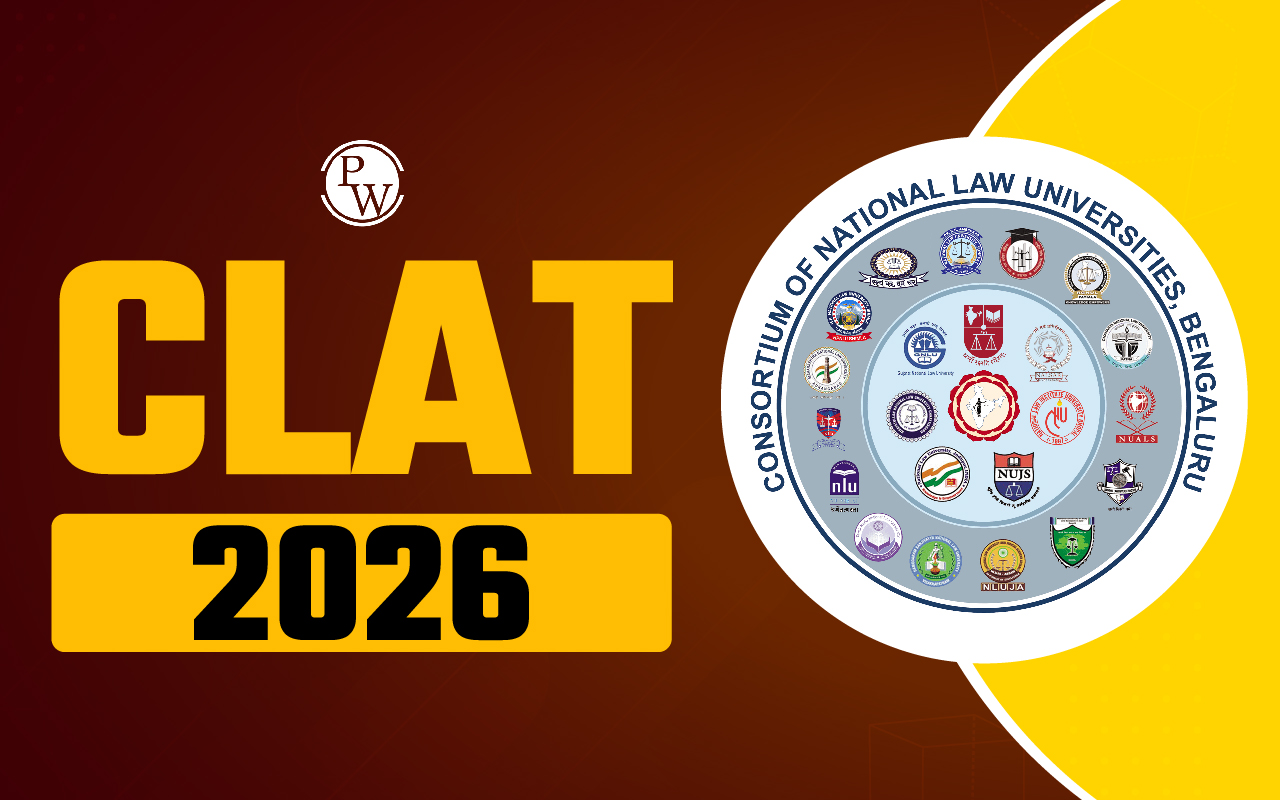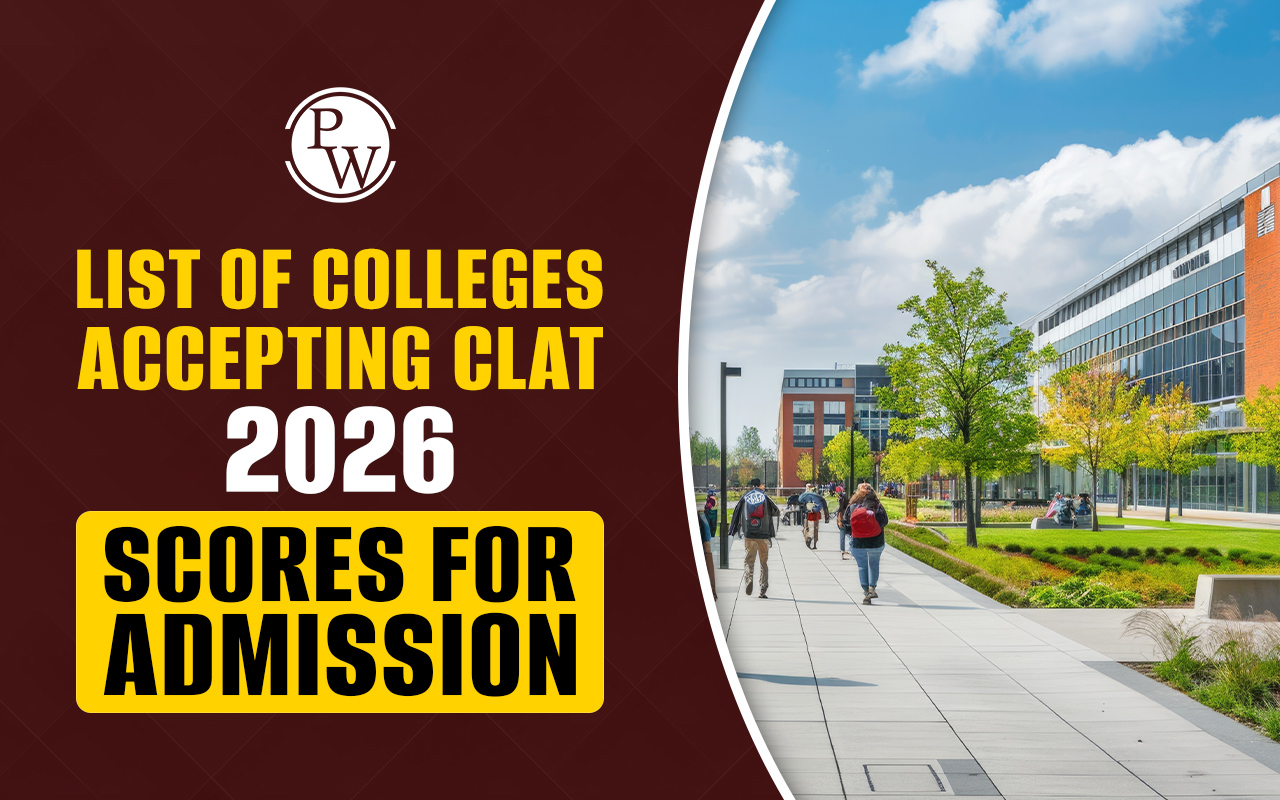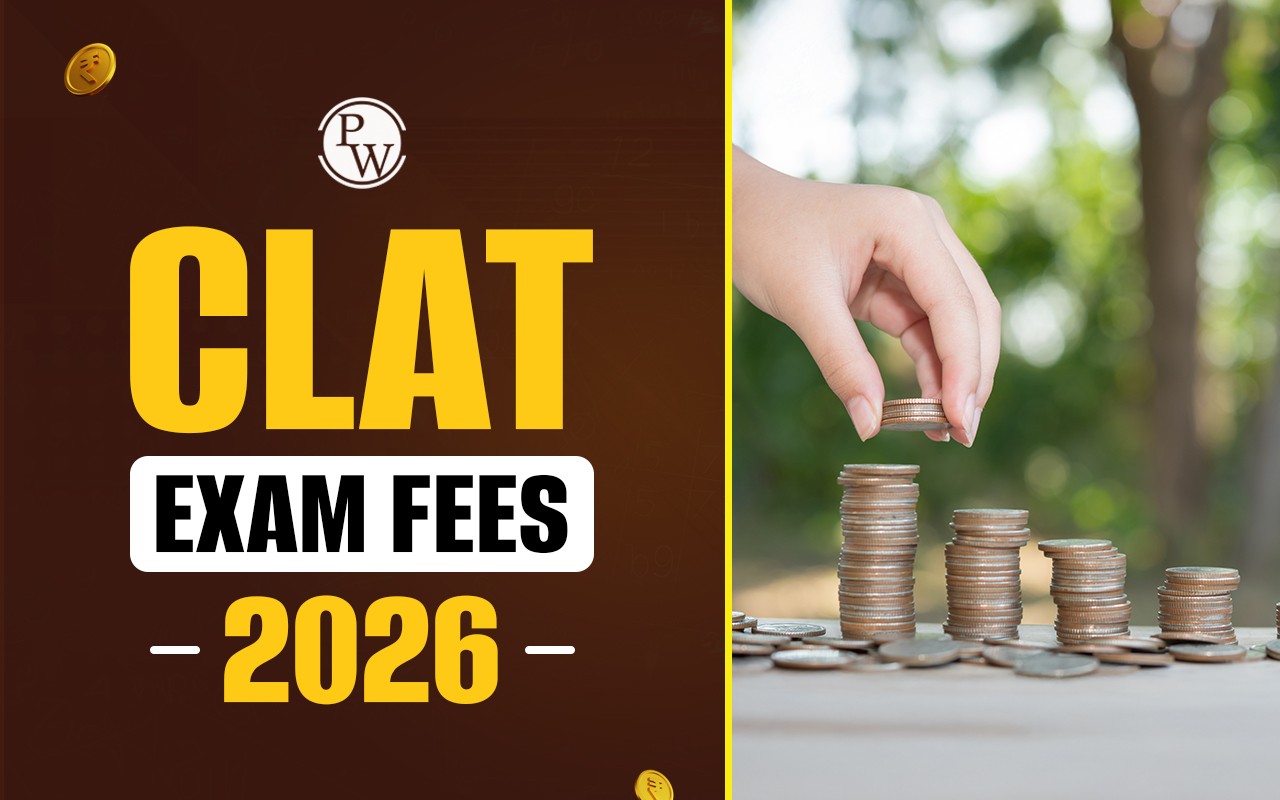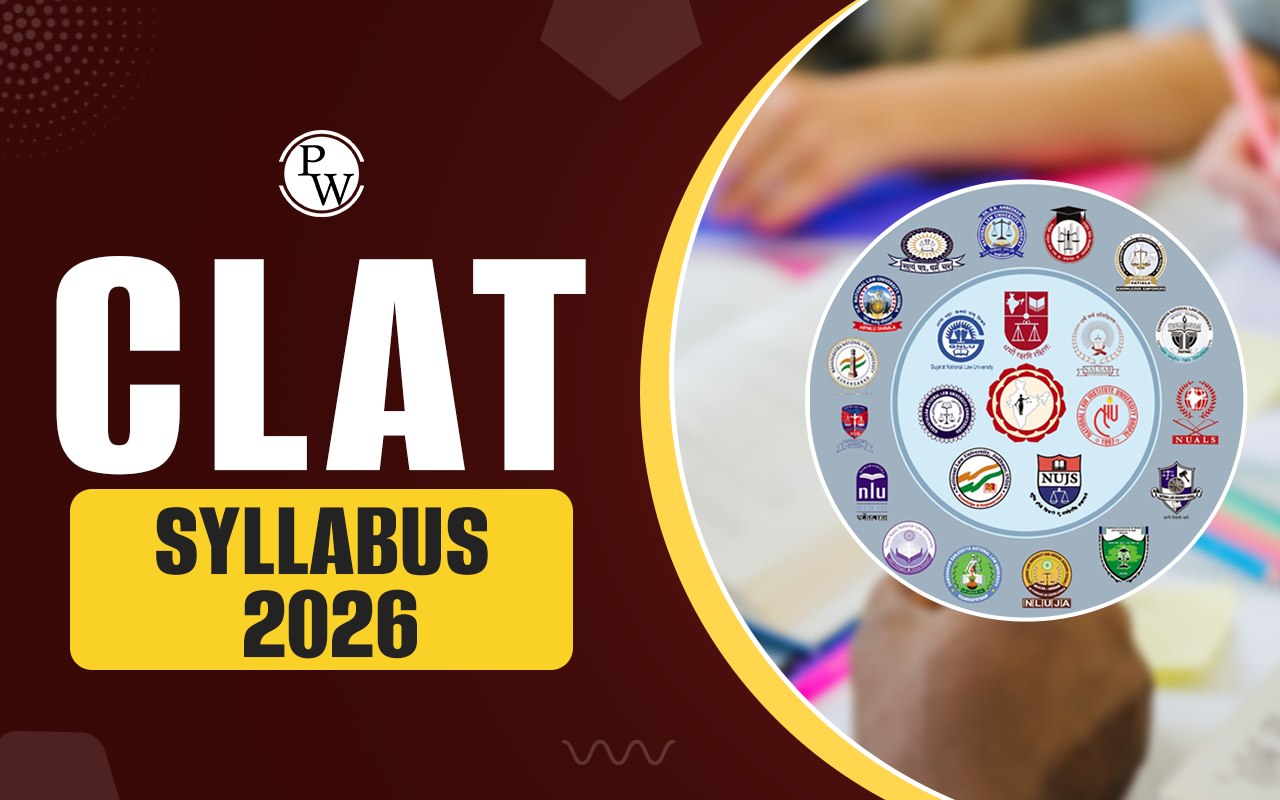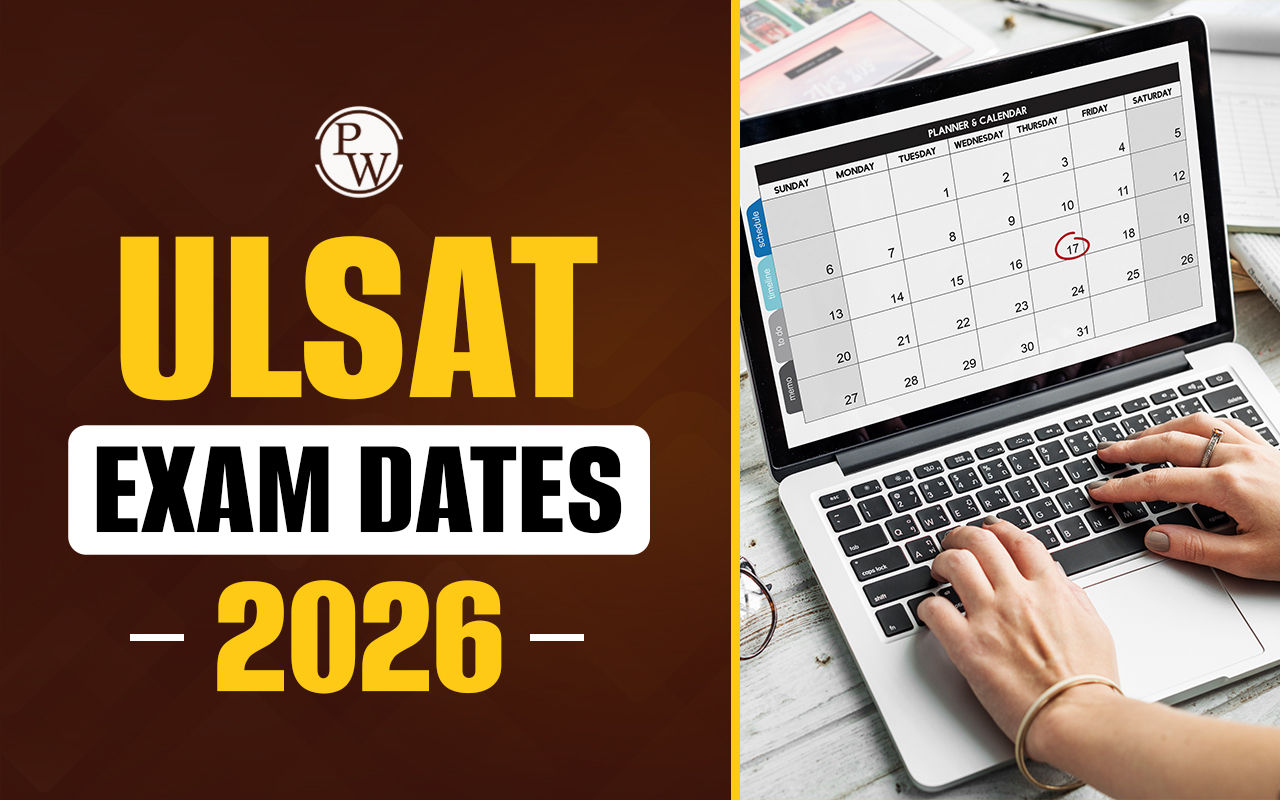

Reading Comprehension Questions For CLAT 2025
Reading Comprehension Questions For CLAT 2025: Prepare yourself to succeed in Reading Comprehension Questions for CLAT 2025! This article is packed with tips to help you prepare for challenging passages and improve your skills with free sample questions. The CLAT exam now emphasizes critical thinking, information analysis, and reading comprehension. Many students overlook the English section, but mastering it is crucial for success. Don't procrastinate!
Becoming proficient in reading and grammar requires consistent practice. Make reading CLAT English passages part of your daily routine. The exam covers a wide range of topics, from contemporary issues to historical fiction. Your ability to understand these passages directly impacts your performance.
Reading Comprehension Questions For CLAT 2025 Importance
Reading comprehension skills are essential for success in the CLAT 2025 exam. Here's why:
| CLAT 2025 Reading Comprehension Benefits |
|---|
| Improved understanding of passages |
| Better analysis of information |
| Enhanced ability to select correct answers |
| Improved engagement with written content |
| Increased focus and concentration |
| Enhanced comprehension of language and vocabulary |
By practicing reading comprehension questions and following CLAT English Preparation Tips, you can develop these crucial skills and boost your performance in the exam.
Reading Comprehension Pattern CLAT 2025
The Reading Comprehension section of the CLAT exam tests your ability to understand and interpret passages. Here's what you need to know about this section:
| Aspect | Details |
|---|---|
| Passage Length | Typically around 450 words, drawn from significant fiction or non-fiction historical or contemporary texts. |
| Question Format | Expect 22-26 questions, accounting for 20% of the total score. Each question carries 1 mark, with a penalty of 0.25 marks for incorrect answers. |
| Skills Assessed |
|
| Importance of Reading Comprehension in CLAT 2025 | With the entire CLAT exam now based on reading comprehension, mastering this section is crucial. Your proficiency here will also benefit you in other parts of the exam. |
Understanding the CLAT Reading Comprehension pattern is essential for effective preparation, as it lays the foundation for success in the exam.
CLAT 2025 Reading Comprehension Types of Questions
Here's a breakdown of the types of questions you'll encounter in the English language section of the CLAT 2024 exam and recommended sources for preparation:
| Type of Questions | Description |
|---|---|
| Author’s Tone | Understanding the writer’s attitude |
| Tone of the passage | Identifying the overall mood of the passage |
| Meaning of the phrase | Interpreting specific expressions |
| Synonyms and Antonyms | Finding words with similar or opposite meanings |
| Idioms and phrases | Understanding commonly used phrases |
| Vocabulary and word meanings | Expanding your word knowledge |
| Author’s argument | Analyzing the author's main points |
| Central theme of the passage | Identifying the main idea |
| Statement supporting the passage | Recognizing evidence supporting the author's argument |
Sources for Preparing Reading Comprehension For CLAT 2025
For CLAT reading comprehension passages, consider reading articles from various sources such as:
- Newspapers like The Hindu, The Economic Times, Indian Express, The New York Times, and the Hindustan Times
- Newspaper editorials
- Books and magazines, both fiction and non-fiction, including abstracts
- Websites such as The Aeon, Swaddle, and American Literature
Topic-wise Reading Comprehension for CLAT 2025
To enhance your reading comprehension skills and score better in CLAT, focus on articles covering topics like:
- Science, Technology, and Society
- Political Science and History
- Philosophy
- Economics and History
- Arts and Literature
- Society, Culture, and Human Behavior
We provide sample passages on each topic along with answers to help you understand the areas you need to concentrate on for CLAT 2025 reading comprehension.
Reading Comprehension Questions For CLAT 2025 Sample Passages
Passage 1: Innovation in Science and Technology
In today's digital age, the fusion of electronic and magnetic storage technologies is revolutionizing computing. While electronic memory chips offer speed, they lack persistence when the power is off. On the contrary, magnetic tapes and hard disks, though slower, retain data even without power. Scientists are now striving to merge these advantages by developing magnetic memory chips. Two key methods are being explored: magneto-resistance (GMR) and magnetic tunnel junctions (MTJs). GMR, pioneered by researchers like Gary Prinz, enhances data storage in hard disks. MTJs, led by Stuart Parkin's team, offer faster, low-power alternatives. Despite challenges, these innovations hold promise for future computing, including magnetic microprocessors.
Questions
-
Which magnetic phenomena are the research approaches based on?
- (a) volatile and non-volatile memories.
- (b) magneto-resistance and magnetic tunnel-junctions.
- (c) radiation disruption and radiation neutrality.
- (d) magnetized spot orientation on the surface of a spinning disk and magnetic dot alignment on the surface of a standard memory chip.
-
How is a binary digit represented in magneto-resistance-based magnetic chips?
- (a) a layer of aluminium oxide.
- (b) a capacitor.
- (c) a vertical pillar of magnetised material.
- (d) a matrix of wires.
-
In magnetic tunnel junctions (MTJs), tunneling is easier when:
- (a) two magnetic layers are polarized in the same direction.
- (b) two magnetic layers are polarized in different directions.
- (c) two aluminum-oxide barriers are polarized in the same direction.
- (d) two aluminum-oxide barriers are polarized in opposite directions.
-
What is a fundamental impediment to developing full-scale memory chips based on MTJs?
- (a) the magnetic memory elements’ low sensitivity.
- (b) the thickness of the aluminum oxide barriers.
- (c) the requirement for more dependable and significantly smaller magnetic memory chips.
- (d) all of the above.
-
How is the uppermost layer's orientation in MTJs determined?
- (a) identifying an element’s magnetic orientation by measuring its resistance.
- (b) determining the degree of disruption produced by radiation in magnetic memory elements.
- (c) rotating the elements clockwise or anticlockwise.
- (d) determining the current flowing through the sandwich.
-
Which researcher is pursuing the development of magnetic chips capable of storing and manipulating information?
- (a) Paul Freitas.
- (b) Stuart Parkin.
- (c) Gary Prinz.
- (d) none of the above.
Answers:
- (b) 2. (c) 3. (a) 4. (d) 5. (a) 6. (d)
Passage 2: Philosophical Perspectives
Philosophy, situated between theology and science, get into questions beyond the grasp of definite knowledge. It navigates the realm of uncertainty, exploring fundamental inquiries about existence, consciousness, and purpose. While science offers tangible facts, theology provides dogmatic assurances. Philosophy, however, grapples with the nebulous 'No Man's Land,' bridging the realms of reason and faith. In a rapidly changing world, philosophy serves as a guide, instilling humility in the face of uncertainty and courage in the midst of doubt. It encourages a nuanced understanding of identity, morality, and existence, shaping not only individual perspectives but also societal norms and aspirations.
Questions
-
What is the purpose of Philosophy, according to the author?
- (a) minimize ambiguity and chaos.
- (b) assist us in dealing with uncertainty and ambiguity.
- (c) assist us in locating explanations for uncertainty.
- (d) alleviate the fear of cosmic loneliness.
-
What can be concluded about the relationship between philosophy and science?
- (a) They are diametrically opposed.
- (b) They are mutually beneficial.
- (c) There is no connection between them.
- (d) Science is the source of philosophy.
-
What can be concluded about the author’s profession from the passage? He is most likely not be a:
- (a) Historian
- (b) Philosopher
- (c) Scientist
- (d) Theologian
-
Which of the following statements regarding the nature of the cosmos must be definitely true, according to the author?
- (a) The universe is one.
- (b) The universe serves a purpose.
- (c) The universe is progressing toward a goal.
- (d) None of the above.
Answers:
- (b) 2. (b) 3. (b) 4. (d)
Reading Comprehension Questions For CLAT 2025 FAQs
How to prepare for reading comprehension for CLAT?
How to ace RC in CLAT?
How to increase reading speed in CLAT?
What is the level of English in CLAT?
Can I crack CLAT without coaching?




